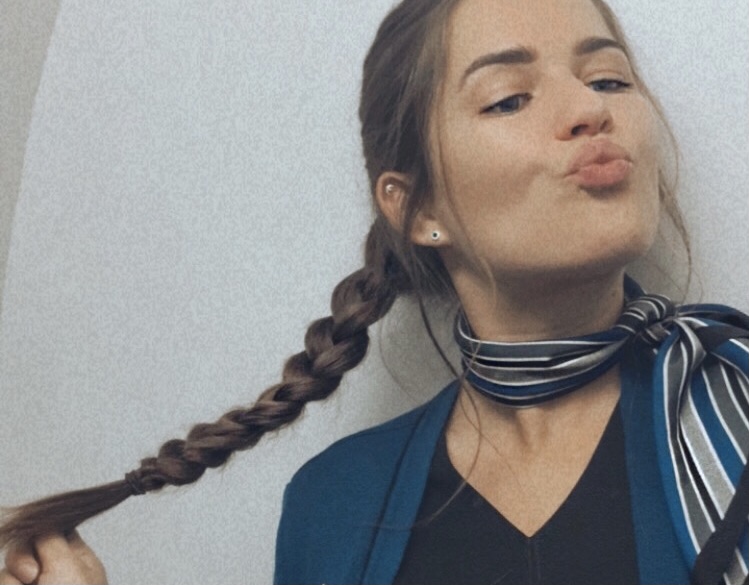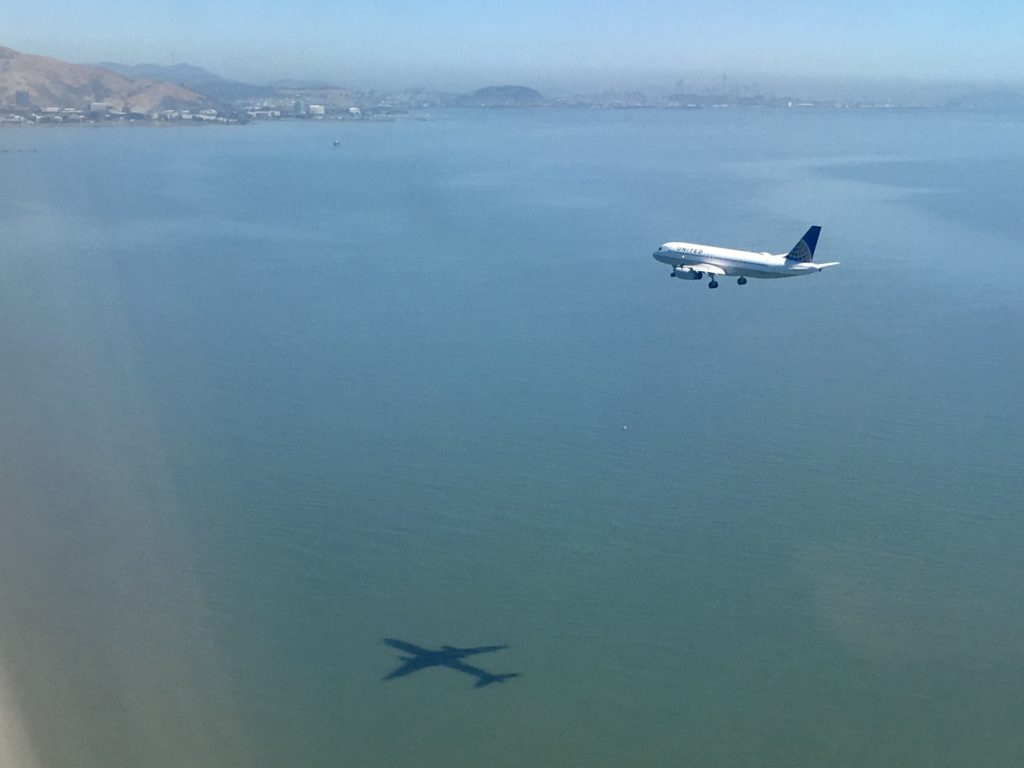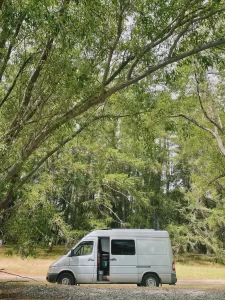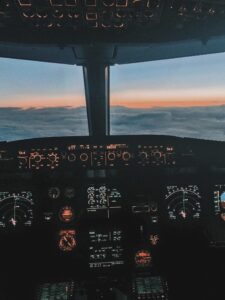Congratulations! If you’re reading this, you’re probably one of the lucky few candidates that have been chosen to attend flight attendant training. Whether you’ve just interviewed or have been waiting on a training date for a while, it’s important to start your new career off on the right foot. Read on to learn how to prepare for flight attendant training, including all the items you’ll need to succeed!
Disclosure: Some of the links below are affiliate links. When you purchase through links on my site, I may make a small commission (at no extra cost to you!).
How to receive a Conditional Job Offer
Before setting off for flight attendant training, you’ll need to have received a Conditional Job Offer (or CJO) from your airline. A CJO is basically an offer of employment that’s contingent on you completing initial training. After you’ve done that, you receive your wings and are officially a flight attendant!
The first step to getting a CJO is to apply online. (Simple, right?) Because being a flight attendant is such an in-demand career, the application window for most airlines is very short. Make sure to complete your online application as quickly as you can to make sure you don’t miss it. There is usually a short online assessment that you submit along with your resume.
Once you’ve done that, there can be several different steps to the initial application process depending on the airline. An online video interview, group interviews (between 5-7 people), and a one-on-one in-person interview are all common. Click on the link below to read more about how to succeed at your flight attendant interviews!
⇉ How to Ace Your Flight Attendant Interviews

How to prepare for flight attendant training
Save as much money as you can
This is an important tip. In the short term, you probably won’t be getting an actual paycheck until about two months after you graduate from training. At my airline, we received a small stipend every week during training for food — other than that, we were not getting paid. Realistically, you could graduate from training in December, have a report-to-base date in January, and not get your first paycheck until February.
In the long term, your paychecks will be pretty small in your first few years as a flight attendant. The starting salary at most airlines is around $30 an hour. With a 78 hour monthly guarantee, you can expect to make about $2,000 (or less) a month after taxes.
Needless to say, saving as much money as you can will be important to do before training. Don’t worry, though, because your seniority (and thus your salary) will get much better as time goes on.
Do your research
Maybe you want to become a flight attendant because you “looove to travel.” Of course, traveling is a major component of the job — but it’s not as glamorous as it’s cracked up to be. Your days are long, your schedule is unpredictable, and your life is thrown upside down for several years when you’re first starting out.
Before going to training, do some research on what it’s actually like to be a flight attendant. Watch some YouTube videos, reach out to friends and acquaintances in the industry, and read some blogs (like this one! hi!). It would also be a good idea to review airport codes and your union’s current contract (if applicable). Don’t get caught up in trying to learn specific information like aircraft doors too early — you’ll go over it all in training.
Flight attendants do more than pour Cokes and look pretty — we’re the first line of defense when we’re up in the air. We are trained to assist if there’s a medical emergency, we deal with unruly passengers, and we can evacuate an airplane in less than 90 seconds. Although these aren’t everyday situations, you need to be prepared in case they ever arise.
While you won’t completely know what it’s like until you’re actually working, it’s good to get an idea of what you’re signing up for. The more research you do, the more prepared you’ll feel going into training.
⇉ Should I Be A Flight Attendant? 10 Questions to Ask Yourself Before Applying
Suss out where you might be based
As you probably know, each airline has different crew domiciles, or bases, where employees start their trips. After passing initial training, you may be assigned to a base that is different from where you currently live. It’s a good idea to be prepared and know which bases are an option for you.
Here are the bases you could be offered with US legacy carriers:
- Alaska Airlines: ANC, LAX, PDX, SAN, SEA
- American Airlines: CLT, DCA, DFW, JFK/LGA, LAX, MIA, ORD, PHL, PHX, SFO
- Delta Airlines: ATL, BOS, DTW, JFK/LGA, LAX, MSP, SLC, SEA
- Southwest Airlines: ATL, BWI, DAL, DEN, HOU, LAS, LAX, MCO, MDW, OAK, PHX
- United Airlines: DEN, EWR, GUM, HNL, IAD, IAH, LAX, ORD, SFO
Gather all your study materials
Initial flight attendant training is packed with information that you’ll need to absorb. Between aircraft types, emergency evacuation commands, and policies and procedures, you’ll need a good system in place to prepare for quizzes and exams.
Here are some items you may want to buy for training:
If you’re not into writing things down on paper, set up your digital workspace ahead of time. Make an account on Quizlet for flashcards, use Notion for aesthetic note-taking, and track all of your important exam dates on Google Calendar.
Purchase any necessary clothes
Depending on the airline, you might have a specific dress code for training. When I went through training in 2016, we had casual, business casual, and business formal days. Each day had strict parameters for what kind of clothing was acceptable. Read through any information packets you receive very thoroughly to make sure that you won’t be breaking any appearance rules. Remember: You should treat initial training like an extended job interview. Don’t give the company any reason to kick you out before you even graduate!
Some things that are most likely unacceptable for training include visible tattoos, piercings (other than one on each earlobe), crazy hair colors, tight clothing, and athletic wear.
Here are some items of clothing that are probably safe:
- Black dress pants
- Blazers
- Collared shirts
- Tights (make sure they’re opaque if you have any leg tattoos)
Stock up on snacks
My company offered us breakfast and lunch on days that we had class. Any dinners, snacks, and free day meals in between were up to us to cover.
I’d recommend heading to a local grocery store when you first arrive at your training hotel. There, you should get some hearty snacks and easy meals to tide you over. You’ll have access to a mini-fridge and a microwave at your hotel, so coming up with a few meal ideas shouldn’t be too hard. If all else fails, ramen noodles can get you through anything.

Hopefully this guide on how to prepare for flight attendant training was helpful! If you have any more questions about training or logistics, please leave a comment below.
xoxo Niki


